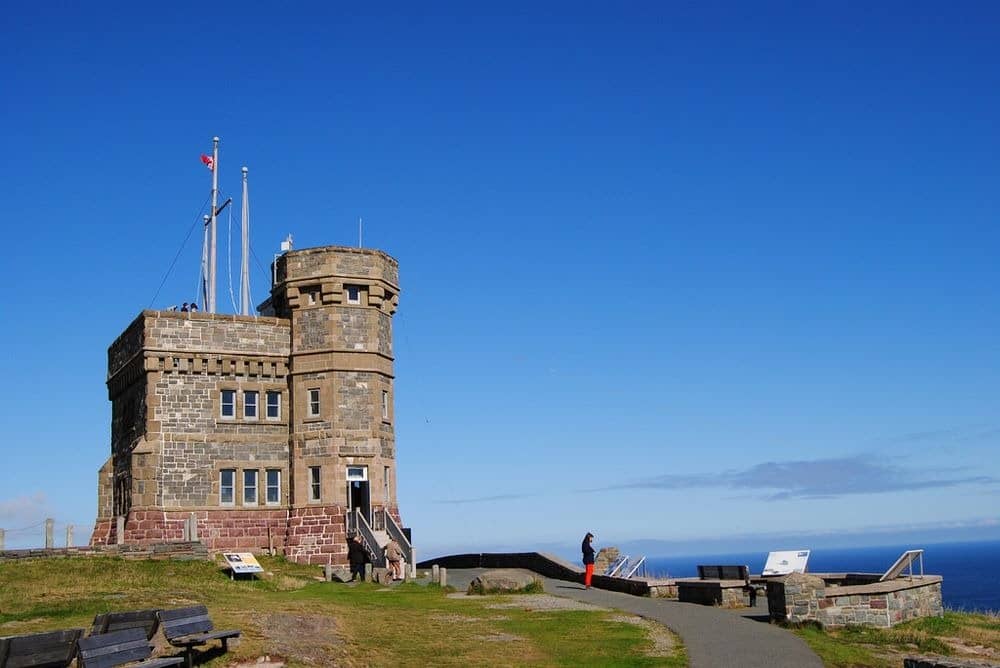Can you imagine in today’s time if you wanted to talk to someone and couldn’t? It’s a daunting thought indeed. It was a reality only a century ago. All of that changed by the inventions and discoveries of Guglielmo Marconi. The birthplace of wireless communication overlooks the St John’s harbor in Newfoundland and Labrador, Canada. A massive piece of rock stands 140 meters above the Atlantic Ocean. The rock is known as Signal Hill as it was used for signalling and warning ships of weather and sea hazards. The hill was, for many years, the center of St John’s defences. A signal cannon was placed here in the late 16th century, and stone fortifications were built in the late 18th century during the Napoleonic Wars. The hill was originally known as “The Lookout.” It was changed to “Signal Hill” after the final battle of the Seven Years’ War that took place here in 1762. Flag communication between land and sea from the summit of Signal Hill continued until 1960.

In December 1901, Guglielmo Marconi stood on the top of this hill to receive the world’s first wireless transatlantic communication. He took an interest in science from a very young age and at the age of twenty, discovered that the range of wireless signals could be greatly enhanced by increasing the height of the antenna and grounding the transmitter. He did not receive much support in his home country Italy and moved to Great Britain where his work was widely accepted.

He patented his first device in 1896 for wireless telegraphy and found investors lining up for his Wireless Telegraph and Signal Company, which manufactured radio sets to exchange messages via Morse code. He transmitted his first successful message across the English Channel to France in 1899.
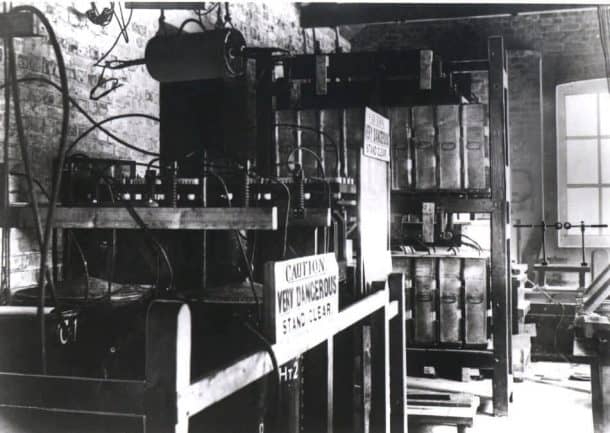
It was widely believed at the time that radio signals traveled in a straight line and could only travel short distances. According to the scientific community, over long distances, the signals would travel away from the surface owing to the Earth’s curvature. Marconi was convinced of the fact that radio waves could follow the curvature and made preparations to prove his case.
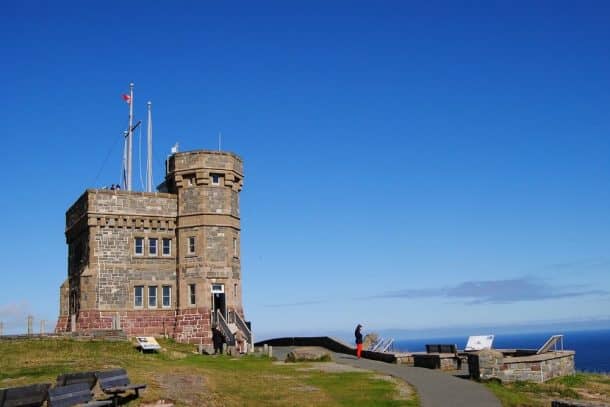
Marconi set up a transmitter at Poldhu, in Cornwall, on the west coast of England whereas a receiving station was set up Cape Cod, Massachusetts, the east coast of the US. The Poldhu antenna was damaged by a storm, and Marconi had no choice but to replace it with a shorter one. Owing to the shorter antenna, Marconi shifted the receiving station from Cape Cod to an abandoned hospital in Signal Hill.
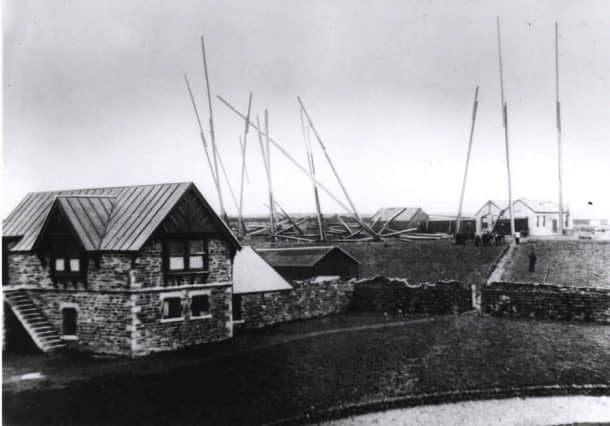
In December of 1901, Marconi set up his receiving station. The antenna was raised to a height each day with the help of a kite at an appointed time when the scientists at Poldhu transmitted the Morse code signal for the letter “s,” three simple dots. A couple of days and few failed attempts later, three distinct beeps were received on December 12, 1901. The signal had traveled a little over 3,500 km.
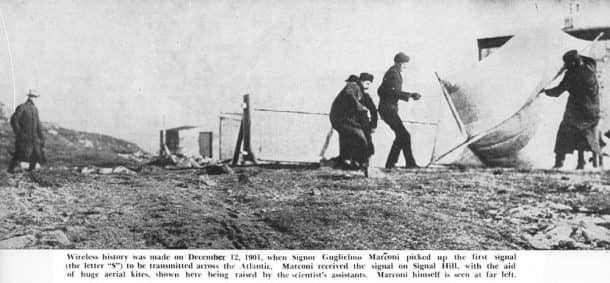
This successful experiment opened new avenues for technology and gave rise to the technology we are so used to today. Signal Hill is still right there with gift shops selling miniature radios but the receiving station at the abandoned hospital is no longer there.

